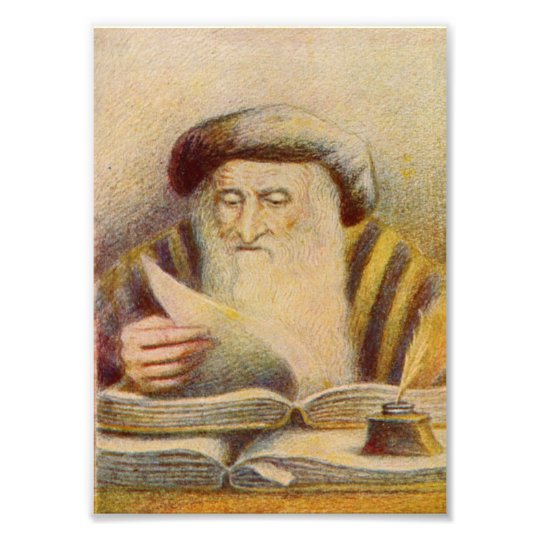And G‑d saw all that He had made, and behold it was very good, and it was evening and it was morning, the sixth day. (Gen. 1:31)
The Biblical narrative of creation concludes with the above verse. Rabbi Shlomo Yitzchaki (a.k.a. Rashi) comments on this verse:

the sixth day: Scripture added a “hey” on the sixth [day], at the completion of the Creation, to tell us that He stipulated with them, [“you were created] on the condition that Israel accept the Five Books of the Torah.” [The numerical value of the “hey” is five.] (Tanchuma Bereishith 1). Another explanation for “the sixth day”: They [the works of creation] were all suspended until the “sixth day,” referring to the sixth day of Sivan, which was prepared for the giving of the Torah (Shab. 88a). [The letter “hey” is the definite article, alluding to the definitive sixth day, the sixth day of Sivan, when the Torah was given]
What Rashi is saying here is that the world was suspended in the state of superposition of being created and not being created depending on the future choice to be made by Jewish people – to accept the Torah or not. Until that moment – the sixth day of Sivan – the world existed in a quantum-mechanical state of superposition of existence and not existence, as it were, just as a Schrödinger cat.
In quantum mechanics, a system (say, a particle) is described by a wave function (or wavefunction), that describes the distribution of probabilities to find the system (e.g., particle) in a particular area of space. The wavefunction obeys the Schrödinger equation that predicts the evolution of the wavefunction in time. Why the evolution of the wavefunction is deterministic, the predictions based on this equation are not deterministic. All we can predict is the probability of finding a particle in a particular area of space. However, when we conduct an experiment, we always get a definitive result for the measured property. This paradox is called the Measurement Paradox, which different competing interpretations of quantum mechanics strive to explain.
The Everett’s many-worlds interpretation of quantum mechanics postulates that a choice splits the universe into branches, where each of the possible outcomes is realized. In the orthodox Copenhagen interpretation of quantum mechanics, the choice causes the collapse of the wavefunction, whereby the plurality of possibilities is collapsed into a single actuality. Until such collapse, the system (e.g., particle) is in a state of superposition of all possible states. Thus, a Schrödinger cat exists in a state of superposition of being alive and dead at the same time, until its state is collapsed by the act of observation, whereby the observer “chooses,” albeit subconsciously, between two possible states.
According to Rashi, until the Sinaitic revelation, the world existed in a superposition of two states – existence and non-existence. “[The works of creation] were all suspended until the “sixth day.” It was the choice of the Jewish people who accepted the Torah that collapsed the wavefunction and broad the world into existence.
I don’t know if Rashi knew quantum mechanics, but his logic is clearly quantum-mechanical. This commentary is one of the most explicit examples of the quantum-mechanical concept of superposition and the collapsed the wavefunction as it is used in the Torah.
It gives me a great pleasure to thank our son, Elie, who pointed out to me this fascinating parallel. May the Almighty send him, Eliyahu Chaim Yitzchak ben Leah, refuah shaleimah!


nice work.
I am sending by private memo SPIRAL cosmological model ‘snapshot file 1.4 for your consideration, best regards, roger m.